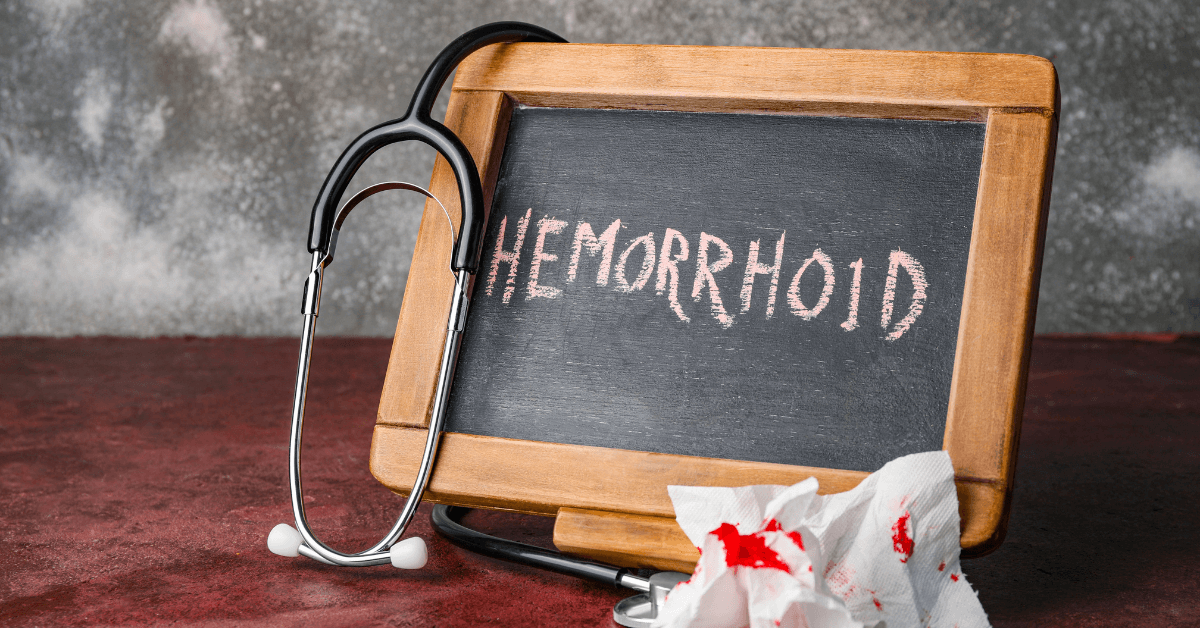Diagnosing an anal fistula can be a crucial step in managing this condition effectively. An anal fistula is an abnormal tunnel that forms between the skin and the inside of the anus or rectum, often following an infection. In many cases, this condition can be painful and cause discomfort, making accurate diagnosis essential for proper treatment.
In this blog, we will walk you through the process of diagnosing an anal fistula, its symptoms, common tests used for diagnosis, and treatment options. By understanding the diagnostic steps, you can ensure that you or a loved one receives the proper care and management for an anal fistula.
What is an Anal Fistula?
Before diving into the diagnosis, it is important to first understand what an anal fistula is. An anal fistula is a small tunnel that connects an infected gland inside the anus or rectum to an opening on the skin around the anus. Fistulas often form after an anal abscess, which is a painful collection of pus caused by an infection in the anal glands. If the abscess does not heal properly, it can develop into a fistula.
An anal fistula can lead to a variety of uncomfortable symptoms, including pain, swelling, discharge, and sometimes bleeding. The fistula may be visible as a small opening around the anus, and in some cases, pus or blood may leak from the opening.
How to Diagnose an Anal Fistula
Diagnosing an anal fistula involves a combination of a thorough physical exam, medical history review, and diagnostic tests. The process may vary depending on the severity and complexity of the fistula. However, in general, doctors rely on several key steps to accurately diagnose this condition.
1. Medical History Review
The first step in diagnosing an anal fistula is a comprehensive review of the patient’s medical history. In this regard, your healthcare provider will ask questions about;
- Any previous anal abscesses or infections.
- History of rectal pain or discomfort.
- Any signs of drainage or bleeding from the anus.
- Past surgeries or procedures related to the anal or rectal area.
This helps the doctor understand the potential causes of the anal fistula and whether it developed as a result of an abscess or other condition.
2. Physical Examination
Once the medical history has been reviewed, a physical exam is usually performed. The doctor will examine the anal area to look for external signs of an anal fistula, such as:
- A small opening or hole in the skin near the anus.
- Drainage of pus or blood from the opening.
- Redness or swelling around the anus.
During the exam, the doctor may gently press on the area to check for tenderness or to identify any lumps or bumps that could indicate an abscess or fistula.In some cases, the doctor may need to perform a digital rectal exam, for example, where a gloved finger is inserted into the rectum to assess the internal anal canal.
3. Anoscopy
If the external exam does not provide a clear diagnosis, the next step may be anoscopy. This is a procedure in which a small tube (anoscope) is inserted into the anus to examine the inside of the rectum and anus. The anoscope, therefore, allows the doctor to visually inspect the area for signs of an anal fistula or other abnormalities.
Anoscopy can help identify the exact location of the fistula, its size, and any connections between the internal anal canal and the external opening. Additionally, it can provide valuable insights into the fistula’s complexity. This information is crucial in determining the best treatment plan.
4. Imaging Tests
In more complex cases, imaging tests may be used to diagnose an anal fistula. These tests are typically employed when the fistula cannot be clearly identified through a physical exam or anoscopy. Imaging tests help provide a clearer picture of the fistula’s path and its relationship to surrounding tissues.
MRI (Magnetic Resonance Imaging)
An MRI is often the preferred imaging test for diagnosing anal fistulas, particularly complex or high fistulas. An MRI can provide detailed images of the fistula’s internal structure and help determine the depth, size, and exact location of the tunnel. It also helps assess whether the fistula has affected other tissues or organs.
Fistulogram
A fistulogram is another imaging test that involves injecting a contrast dye into the fistula opening. This allows the doctor to see the fistula more clearly on X-ray images. A fistulogram is especially useful when the fistula has multiple branches or is located in a difficult-to-see area.
Endorectal Ultrasound
An endorectal ultrasound involves using sound waves to create detailed images of the anus and rectum. This test is especially helpful in evaluating complex fistulas and determining the extent of tissue damage. Doctors often use it in combination with other tests to confirm the diagnosis.
5. Determining the Fistula Type
After diagnosing the anal fistula, the doctor will determine its type and complexity. Fistulas are classified into different types based on their location and the extent of involvement. Understanding the type of fistula is therefore essential in developing an appropriate treatment plan.
Simple Fistulas
A simple fistula is a straight, uncomplicated tunnel that connects the internal anal canal to the skin around the anus. Doctors typically find these types of fistulas easier to treat, and they may address them with surgical procedures such as fistulotomy or seton placement.
Complex Fistulas
A complex fistula is more complicated and may involve multiple branches, sphincter muscles, or other tissues. Complex fistulas often require advanced treatments, such as Flap Surgery or Fistula-tract Laser Closure (FiLaC®).
6. Differential Diagnosis
In some cases, other conditions may cause symptoms similar to an anal fistula. Therefore, the doctor may need to perform a differential diagnosis to rule out other possible causes, such as:
- Anal abscesses that have not yet formed into fistulas.
- Crohn’s disease, which can cause inflammation and fistula-like symptoms.
- Cancer or other tumors around the anus or rectum.
By ruling out these conditions, the doctor can, therefore, confirm that the symptoms are caused by an anal fistula rather than another underlying issue.
Symptoms of an Anal Fistula
It’s important to recognize the symptoms of an anal fistula, therefore, seek medical attention early. Common symptoms include:
- Pain or discomfort around the anus, especially during or after bowel movements.
- Bleeding or pus drainage from a small opening near the anus.
- Itching or irritation around the anal area.
- Swelling or a lump around the anus.
- A feeling of fullness or pressure in the anal region.
If any of these symptoms are present, it is important to consult a healthcare provider for an accurate diagnosis and appropriate treatment.
Treatment Options for Anal Fistulas
After diagnosing the anal fistula, your healthcare provider will then recommend a treatment plan based on the severity and complexity of the fistula. Treatment may include:
1. Conservative Treatments
For simple fistulas, conservative treatments may be enough. These treatments may include:
- Antibiotics to treat any infections associated with the fistula.
- Sitz baths to soothe the anal area and reduce swelling.
- Topical ointments or creams to reduce pain and inflammation.
- Stool softeners or a high-fiber diet to reduce straining during bowel movements.
2. Surgical Treatments for Anal Fistulas
Surgery is often required to treat anal fistulas, particularly in more complex cases. Some common surgical options include:
- Fistulotomy: A procedure where the fistula is surgically cut open to allow it to heal.
- Seton placement: Doctors use a seton (a piece of surgical thread) to drain the fistula and promote healing, thus facilitating the healing process.
- Flap Surgery: Surgeons use healthy tissue to cover the fistula opening and promote healing, thus treating complex fistulas
3. Fistula-tract Laser Closure (FiLaC®)
FiLaC® (Fistula-tract Laser Closure) is a minimally invasive procedure used to treat anal fistulas. This technique uses a laser to close the fistula tract, reducing the risk of recurrence while preserving the anal sphincter muscles. FiLaC® is ideal for patients with complex fistulas and offers quicker recovery times and less pain compared to traditional surgeries.
Conclusion: Diagnosing an Anal Fistula
Diagnosing an anal fistula involves a combination of medical history review, physical examination, and various diagnostic tests, such as anoscopy, MRI, and fistulogram. Once diagnosed, the appropriate treatment can be determined based on the complexity of the fistula. For simple fistulas, conservative treatments may be enough, while more complex fistulas may require surgical intervention, including advanced options like FiLaC®.
If you experience any symptoms of an anal fistula, it is essential to seek medical attention promptly. Early diagnosis and treatment can help prevent complications and improve your quality of life.



